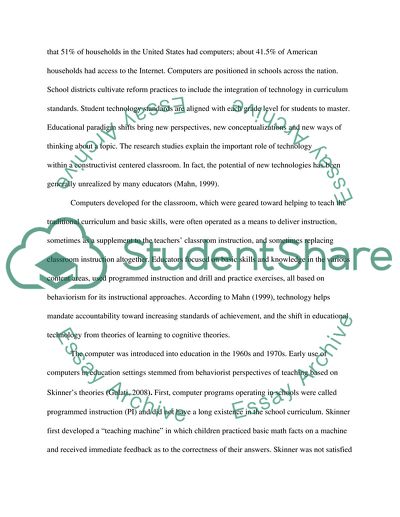Cite this document
(“Technology-based Instructional Practices Essay Example | Topics and Well Written Essays - 3250 words”, n.d.)
Retrieved from https://studentshare.org/information-technology/1554549-editing
Retrieved from https://studentshare.org/information-technology/1554549-editing
(Technology-Based Instructional Practices Essay Example | Topics and Well Written Essays - 3250 Words)
https://studentshare.org/information-technology/1554549-editing.
https://studentshare.org/information-technology/1554549-editing.
“Technology-Based Instructional Practices Essay Example | Topics and Well Written Essays - 3250 Words”, n.d. https://studentshare.org/information-technology/1554549-editing.


